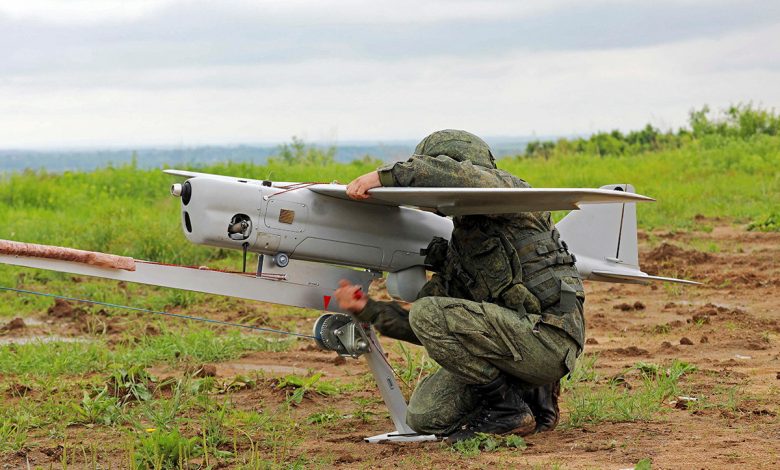Russia approves list of instructions on development of unmanned aerial vehicles

According to local media, a commission will be formed for the development of unmanned aerial systems and it will be chaired by First Deputy Prime Minister Andrei Belousov
Russian President Vladimir Putin has approved a set of guidelines on the development of unmanned aerial vehicles, the Kremlin announced
“Vladimir Putin approved a list of instructions on the development of unmanned aerial vehicles,” the Kremlin said on Telegram.
“In particular, the Government was instructed to approve priority areas and a development strategy for unmanned aviation for the period up to 2030 and until 2035,” the statement added.
Additionally, Moscow outlined steps to enhance local production of unmanned aerial vehicles, as well as their components and spare parts, it added.
According to local media, a commission will be formed for the development of unmanned aerial systems and it will be chaired by First Deputy Prime Minister Andrei Belousov.
On Feb. 24, Russia launched a war on Ukraine, which was met with international outrage, with the European Union, G-7, US, and UK among others imposing tough financial sanctions on Moscow.





